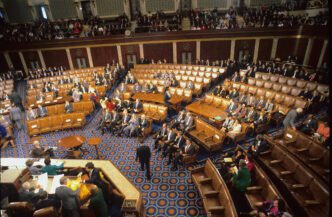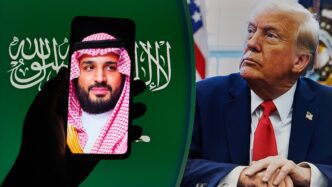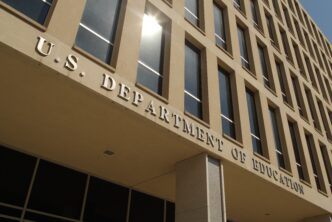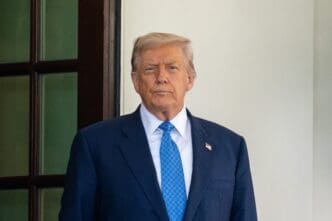Executive Summary
The Story So Far
Why This Matters
Who Thinks What?
Members of the U.S. National Guard deployed to Washington, D.C., began carrying their sidearms on Sunday, a significant development confirmed by a spokesperson for the Joint Task Force overseeing the mission. This action follows a directive issued by Defense Secretary Pete Hegseth, which authorized National Guard personnel to be armed as part of President Donald Trump’s broader anti-crime initiative for the nation’s capital. The directive represents a notable change in guidance from the Pentagon, which had previously indicated that Guard members would be armed only if specific circumstances warranted it.
Context of the Deployment
The authorization for Guard members to carry weapons is part of an intensified effort by President Trump to address crime in Washington, D.C. For several weeks, Trump has advocated for a crackdown, which has also involved a federal takeover of the city’s police department and an increased presence of federal law enforcement. A CNN reporter observed two Guard members carrying long guns in The Wharf area on Sunday evening.
President Trump has consistently voiced concerns about rising crime rates in D.C. However, official statistics indicate that overall crime numbers in the city are lower this year compared to 2024.
Reinforcements and Initial Impact
To bolster the D.C. National Guard, more than 1,900 troops from the National Guards of West Virginia, South Carolina, Mississippi, Ohio, Louisiana, and Tennessee were called upon. These troops, primarily from Republican-led states, started arriving in the capital last week.
Following the Trump administration’s assumption of control over the Metropolitan Police Department, a CNN analysis of government data revealed a moderate decrease in reported crime during the week beginning August 12. Concurrently, the same period saw a substantial increase in the arrests of immigrants.
The arming of National Guard troops marks a new phase in the administration’s efforts to combat crime in Washington, D.C. This move is integrated into President Trump’s wider strategy, which includes enhanced federal oversight and a significant deployment of personnel from multiple states.








